Midnight Zone
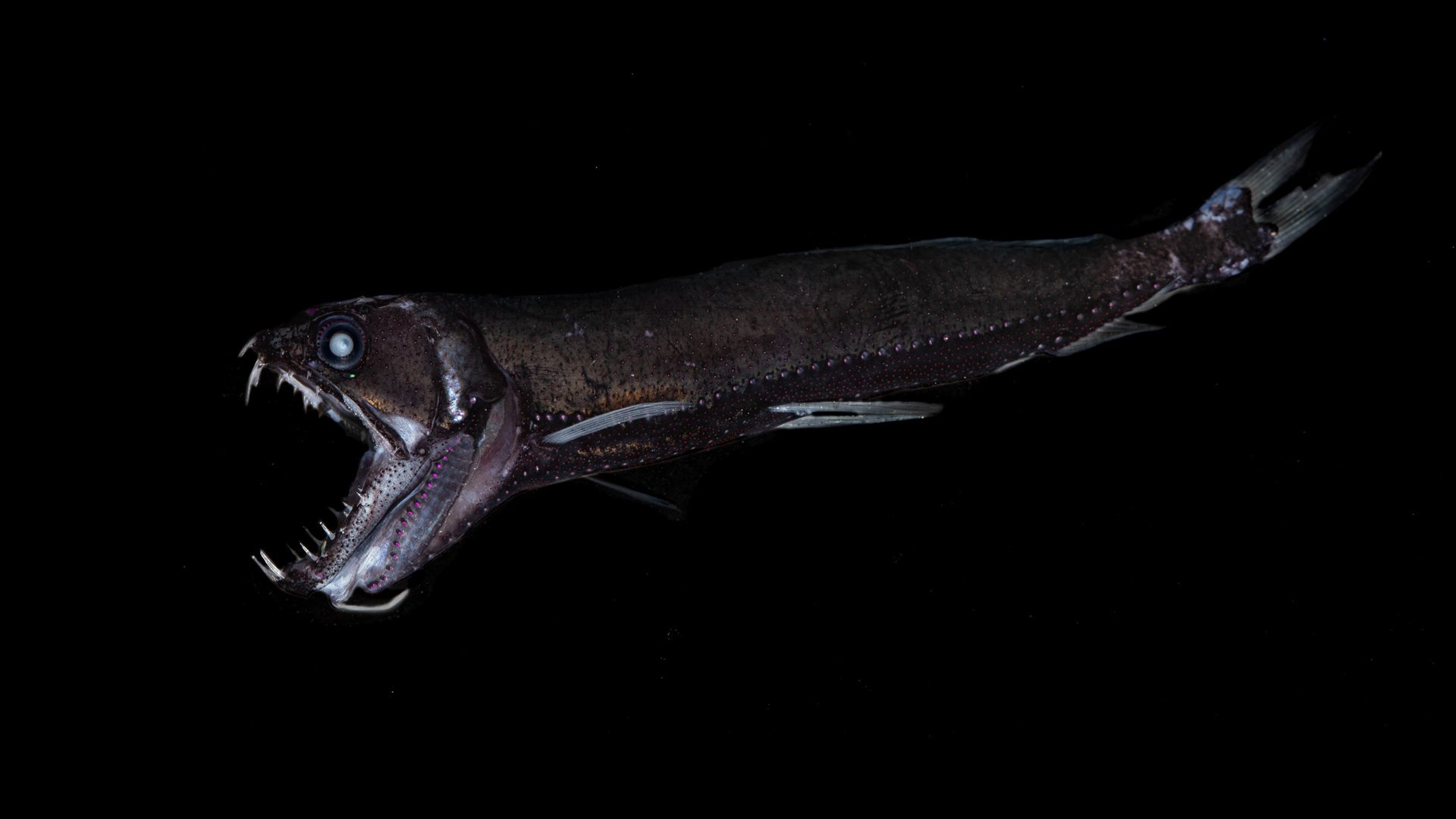
The dragonfish is one of the many creatures who have adapted to the immense pressure and complete darkness of the midnight zone.
What is the midnight zone?
Sunlight is rapidly absorbed as it travels through water. Red, orange, and yellow are absorbed quickly, leaving water a brilliant blue, but even these wavelengths disappear as light travels deeper. By about 1,000 meters (about 3,300 feet) depth, even the faintest light has been extinguished, leaving these deep ocean waters in perpetual darkness. The resulting bathypelagic, or midnight, zone extends to about 4,000 meters (about 13,100 feet), which reaches the ocean floor in many places.
In addition to the lack of light, the midnight zone is characterized by a steady temperature of around 4° Celsius (39° Fahrenheit). Life that exists in this zone must be able to function in cold temperatures and withstand extreme hydrostatic pressure. Pressure varies with depth, and in this zone it ranges from 100 to 400 atmospheres. Despite the extreme environment, organisms here must find food and mates and avoid predators, just as they do in any ecosystem, and they have special adaptations that allow them to do so. These include well developed visual systems, bioluminescence used both to lure prey and attract mates, and well-developed auditory systems that allow them to hear other animals moving nearby.
Why is it important?
The midnight zone is the single largest habitat on the planet, accounting for 70% of all seawater, but because of its remote location, it is poorly understood. Little is known about the animals that inhabit these waters, and even less is known about microbial life in this zone.
Scientists have found that some zooplankton from the sunlit zone migrate down into the midnight zone during the day to avoid predators. Because zooplankton are central to the ocean food web, this zone plays a critical role in sustaining complex interactions among marine organisms. The midnight zone is also where many larvae spend time developing before they migrate to other regions of the ocean as adults.
What are ocean scientists doing to better understand the midnight zone?
Research expeditions use remote-operated vehicles (ROVs) to explore the depths of the midnight zone. These vehicles are piloted remotely from ships to which they are tethered and collect water samples, organisms, video, and still photos of life in the depths. Because of the darkness, ROVs have bright lights that allow their cameras to see the surroundings, but introducing light into a naturally dark habitat may alter behavior and scare away creatures of interest. More recent imaging systems use red-filtered light, because the visual systems of animals in the midnight zone don’t detect red wavelengths, rendering the artificial lights invisible to residents of this area.
Scientists are particularly interested in the various ways animals here bioluminesce and how their visual systems are adapted to detect this natural glow. They are also studying microbes in this zone. Although it was long thought that the midnight zone had few microbes, recent studies have found abundant microbial life, including bacteria, archaea, and viruses, all of which play a role in consuming and recycling carbon that has fallen from the surface. Because they may play an extensive role in the carbon cycle and eventual deep-sea carbon storage, understanding their activity is an essential step toward addressing climate change.
Bracken-Grissom, H. Deep-sea mysteries: Bizarre creatures from the Earth’s last unexplored frontier. NOAA Ocean Exploration and Research. https://oceanexplorer.noaa.gov/explorations/19biolum/background/mysteries/mysteries.html
Jensen, S. Mission Plan. NOAA Ocean Exploration and Research. https://oceanexplorer.noaa.gov/explorations/19biolum/background/plan/plan.html
Li, J. et al. Characterization of particle-associated and free-living bacterial and archaeal communities along the water columns of the South China Sea. Biogeosciences, vol. 18. 2021. doi: 10.5194/bg-18-113-2021.
Nagata, T. et al. Emerging concepts on microbial processes in the bathypelagic ocean – ecology, biogeochemistry, and genomics. Deep-Sea Research II, vol. 57. 2010. doi: 10.1016/j.dsr2.2010.02.019.
NOAA National Weather Service. Layers of the Ocean. https://www.weather.gov/jetstream/layers_ocean
Robinson, N.J. Searching for Giant Squid in the Gulf of Mexico. NOAA Ocean Exploration and Research. https://oceanexplorer.noaa.gov/explorations/19biolum/logs/jun11/jun11.html
Sutton, T. Doing Science. NOAA Ocean Exploration and Research. https://oceanexplorer.noaa.gov/explorations/19biolum/logs/jun10/jun10.html
Sutton, T.T. Fishes of the Midnight Zone. NOAA Ocean Exploration and Research. https://oceanexplorer.noaa.gov/explorations/19biolum/background/midnight-zone/midnight-zone.html
Widder, E. Seeing the Unseen. NOAA Ocean Exploration and Research. https://oceanexplorer.noaa.gov/explorations/19biolum/logs/jun16/jun16.html
News & Insights
HOV Alvin temporarily halts engineering test dives
Test dives for Alvin’s 6500 meter certification have been postponed, a day after the sub reached a record 5338 meters (17,513 feet)
WHOI working to address ocean acidification; protect region’s vital shellfish industry
A new report addresses the impacts of ocean acidification in Massachusetts and New England coastal waters on the region’s vital seafood industry.
Wave Glider provides gateway to remote exploration
WHOI geochemist Chris German pairs an autonomous surface vehicle (ASV) called a Wave Glider with other vehicles to expand research here and on other Ocean Worlds
Hunger in the Arctic prompts focus on causes, not symptoms
As Arctic Inuit communities try to cope with extreme food insecurity, researchers look for answers
5 Questions with Dr. Amala Mahadevan
WHOI physical oceanographer sheds light on the climate-critical link between ocean currents and plankton
News Releases
For microscopic organisms, ocean currents act as ‘expressway’ to deeper depths, study finds
New Deep-Sea Worm Discovered at Methane Seep Off Costa Rica Named after Alvin Pilot Bruce Strickrott
New federal funding to accelerate ocean-climate resilience
[ ALL ]
WHOI in the News
Woods Hole scientists explore new deep-sea phenomenon
Sandwich beachgoers invited to take photos in state coastline plan
Even ‘Twilight Zone’ Coral Reefs Aren’t Safe from Bleaching
[ ALL ]
From Oceanus Magazine
A new way to discover life in the ocean’s hadal zone
WHOI biologist Johanna Weston develops a novel tool to catch and study life in the ocean’s most extreme depths
Our eyes on the seafloor
A Q&A with WHOI marine microbiologist Maria Pachiadaki on sampling the deep ocean with Jason
Record breakers
Find out how Antarctica’s seven largest ice shelf collapses size up in this climate interactive


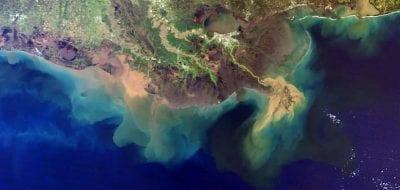
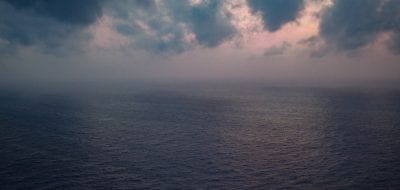
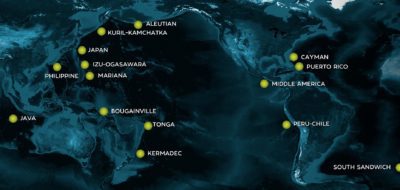
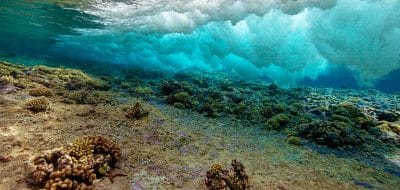
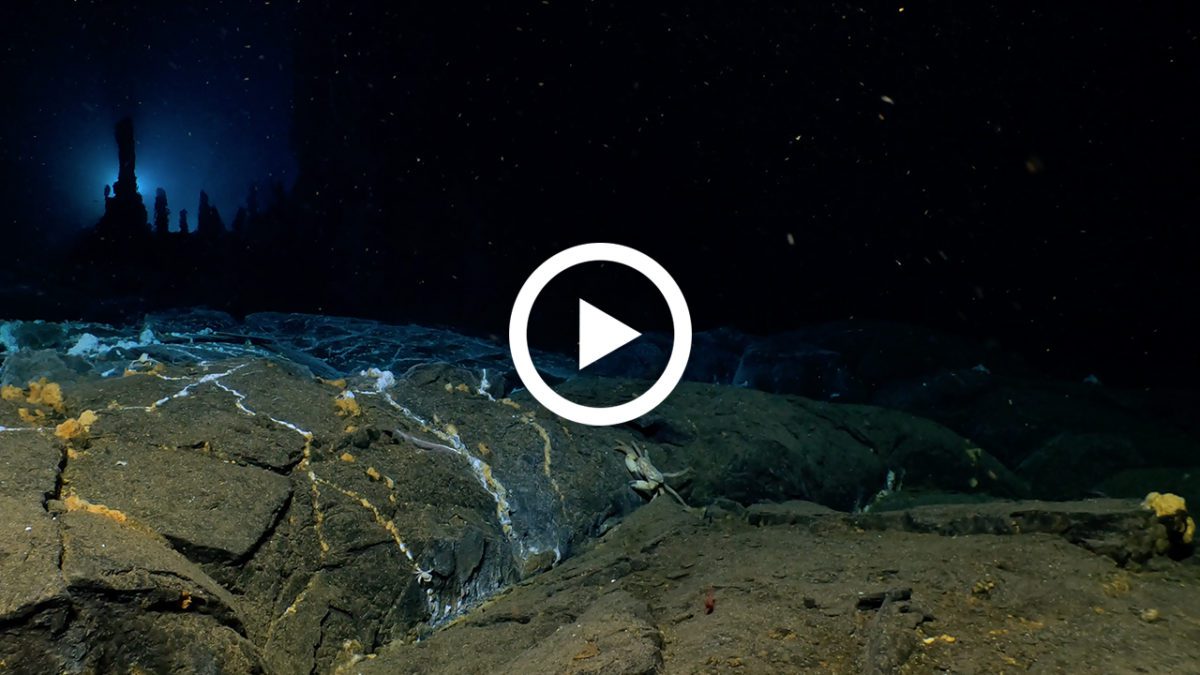
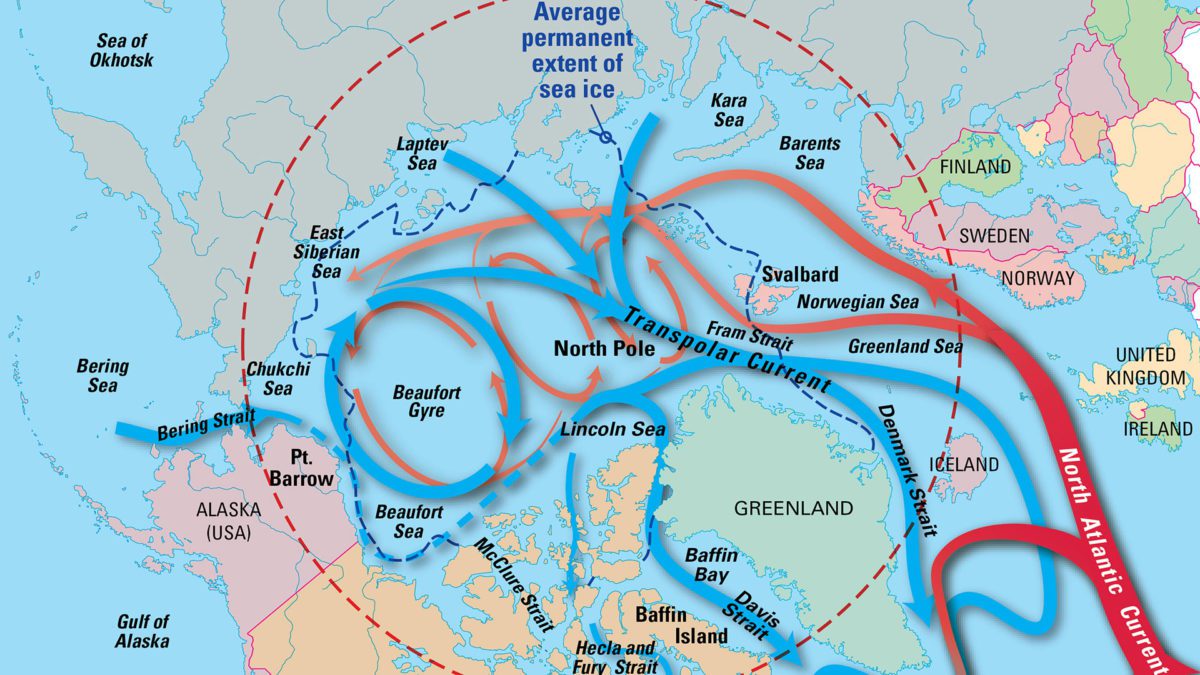
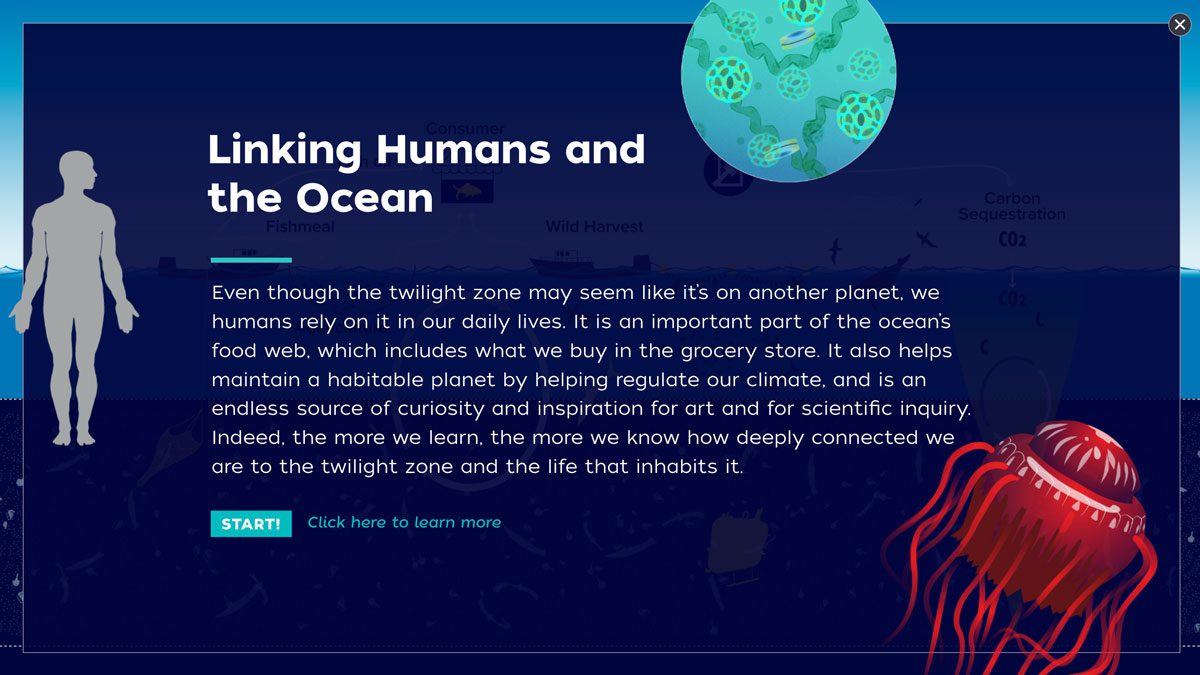
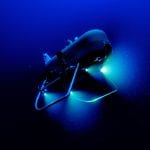 Abyssal Zone
Abyssal Zone 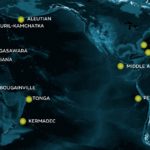 Hadal Zone
Hadal Zone 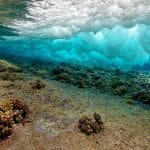 Sunlit Zone
Sunlit Zone 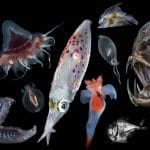 Twilight Zone
Twilight Zone